How Should You Breathe When You Run?
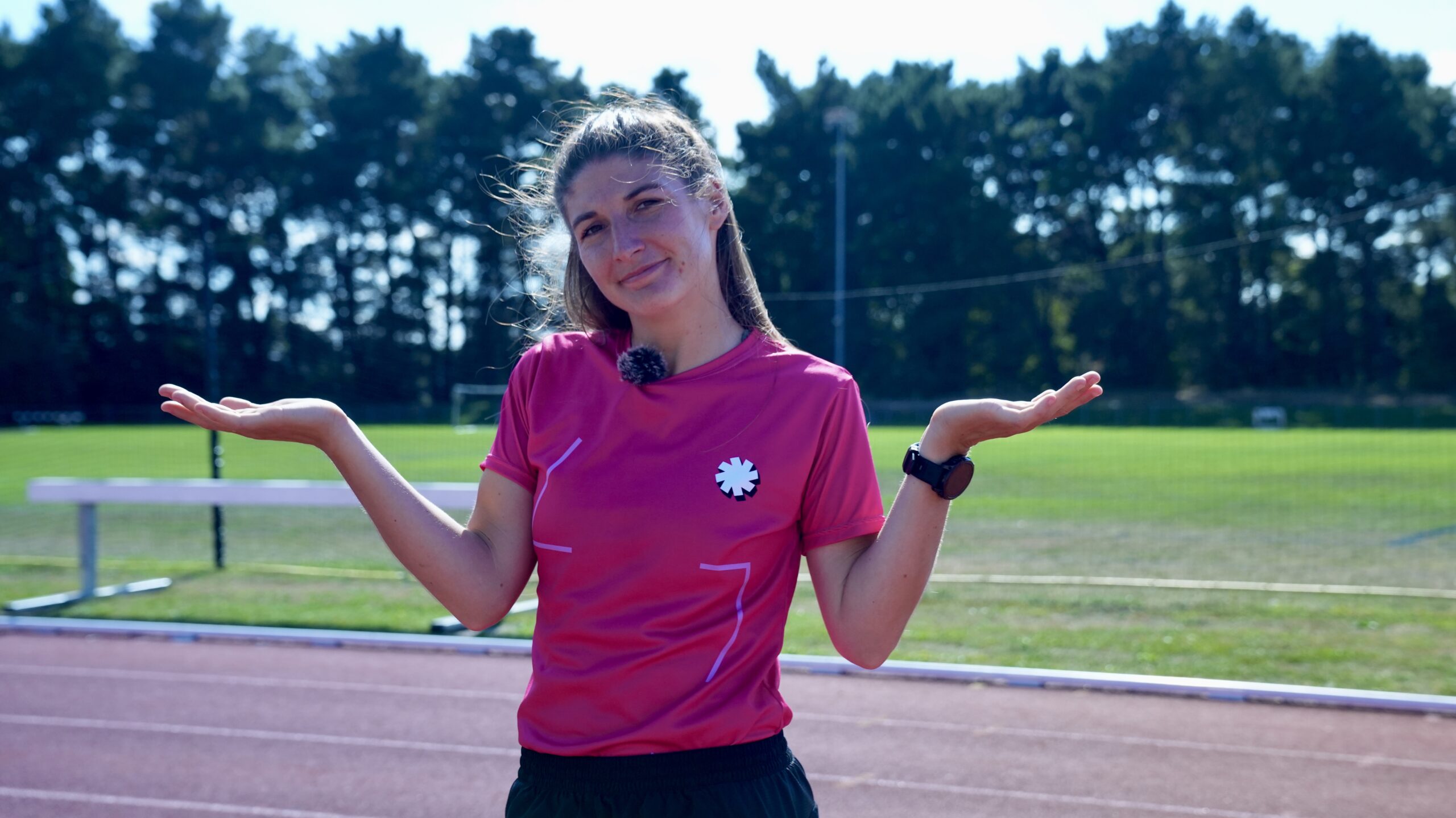
We all take breathing for granted – it’s something we just do, right? But when you’re running, breathing can actually have quite a big impact on your performance, and learning how to breathe correctly can bring many benefits.
Whether you’re a nose breather or a mouth breather or aren’t really sure what that means, we’re here to give you the lowdown on the science behind breathing and what you can do to breathe that bit easier when racking up the miles.
Why bother thinking about breath?
While breathing is a basic, almost overlooked bodily function that we’re unlikely to think about on a daily basis, it does play a key part in running performance – so it’s certainly worth considering.
With a proper breathing technique in place, you’ll start to see various improvements in your running and health more generally, including a lower heart rate and reduced stress. Proper breathing has also been associated with boosting your VO2 max – which is a key indicator of your individual level of cardiovascular fitness – by optimising the oxygen supplied to your muscles and heart during exercise. And we’d all welcome the opportunity to get fitter!
Where to begin with breathing
Nose versus mouth breathing
Do you tend to breathe through your nose when you run, or your mouth? Or have you never really noticed? There’s an ongoing debate between runners about which method is better, with both types of breathing having their own benefits.
Breathing through the nose enables your nasal microbiome (the collection of microorganisms that live in your nose) to purify the air before it reaches your lungs, and it has been shown to improve your diaphragmatic function. Nasal breathing during exercise may also reduce your risk of hyperventilation, which is a side effect of low levels of carbon dioxide in your blood and can be caused when you inhale excessively through your mouth as you run. As many as 40% of runners experience hyperventilation when they run (known as exercise-induced dyspnoea), so effective nasal breathing could help you to avoid this.
That said, mouth breathing still deserves a shout out. It allows for more oxygen intake, aiding muscle performance, and is the default method of breathing when you crank up your running for sprints. Most people can only sustain nasal breathing for up to 85% of their VO2 max effort, so it’s completely normal – if not necessary – to inhale and exhale quickly through your mouth during bursts of higher intensity running.
The sweet spot is to inhale through your nose and exhale from your mouth as much as you can when you run, but since we all operate differently, we advise that you experiment with both nose and mouth breathing to find out which method works best for you. It’s worth noting that nasal breathing while running (if you don’t do it already) can take several weeks of practice before it feels completely natural, but it could well be worth the effort!
Diaphragmatic versus chest breathing
Breathing from your diaphragm – also known as abdominal breathing – is, on the whole, the most efficient way to take in more oxygen when you run.
With diaphragmatic breathing, you’re able to use the entire capacity of your lungs to store oxygen and keep it there for longer. Since it encourages full oxygen exchange – beneficially swapping incoming oxygen for outgoing carbon dioxide – it can help to slow down your breath and heart rate, and even reduce or stabilise your blood pressure.
However, diaphragmatic breathing requires a relaxed core, which is almost impossible to maintain when you’re running – especially if you’re working at a higher intensity! So, for situations such as sprint workouts, shallow chest breathing steps to sustain you for those short bursts.
It’s a good idea to practise diaphragmatic breathing regularly so it starts to feel instinctive – particularly when you’re running. A simple exercise is to lie down on the floor, completely relaxed, with a light object placed on your stomach. Take very slow, deep, conscious breaths in and out and watch how the light object rises and falls on your stomach. That’s you breathing effectively from the diaphragm.
Rhythmic breathing
Rhythmic breathing is a great mindful skill to help you take control of your breath while you run. Here, you maintain a pattern of inhales and exhales in line with a rhythm, whether that’s determined by counting or your running cadence, or whatever else works for you.
For example, you could try inhaling for a certain number of counts then exhaling for the same number. Or, why not try syncing breathing in and out with a certain number of footsteps? For a lower intensity run, you could perhaps inhale for four steps then exhale for another four.
Breathe easy
The more you bury yourself into the science of breathing, the more you realise how important it is for running and how valuable good breathing skills can be for your athletic performance. Whether it’s breathing through your nose, through your diaphragm or in line with a rhythm, exploring different breathing techniques can really help you to unlock more of your running potential.
Will you check in on your breath when you run? To learn more about how a good breathing technique can help your running performance, check out the video below.





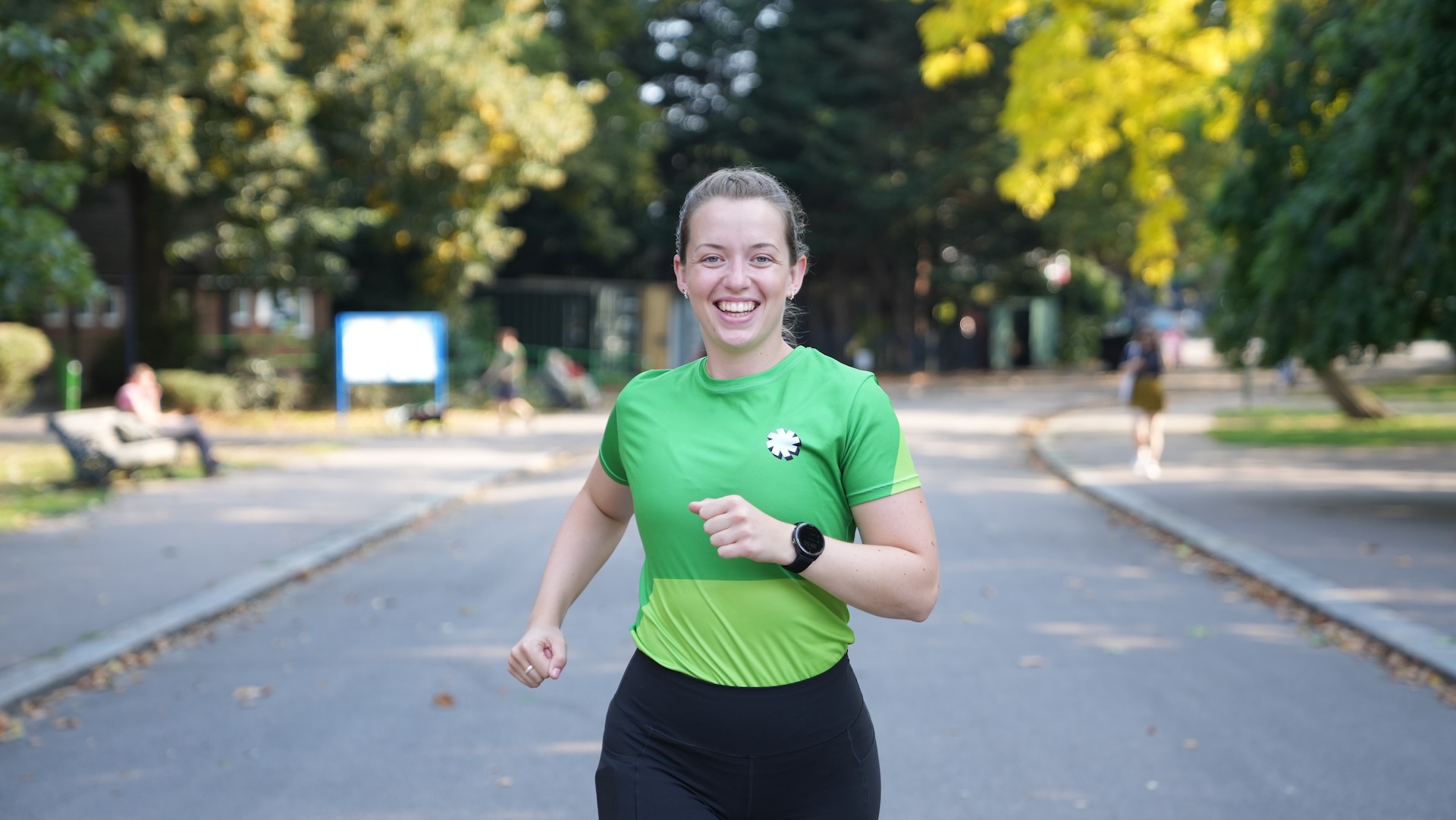
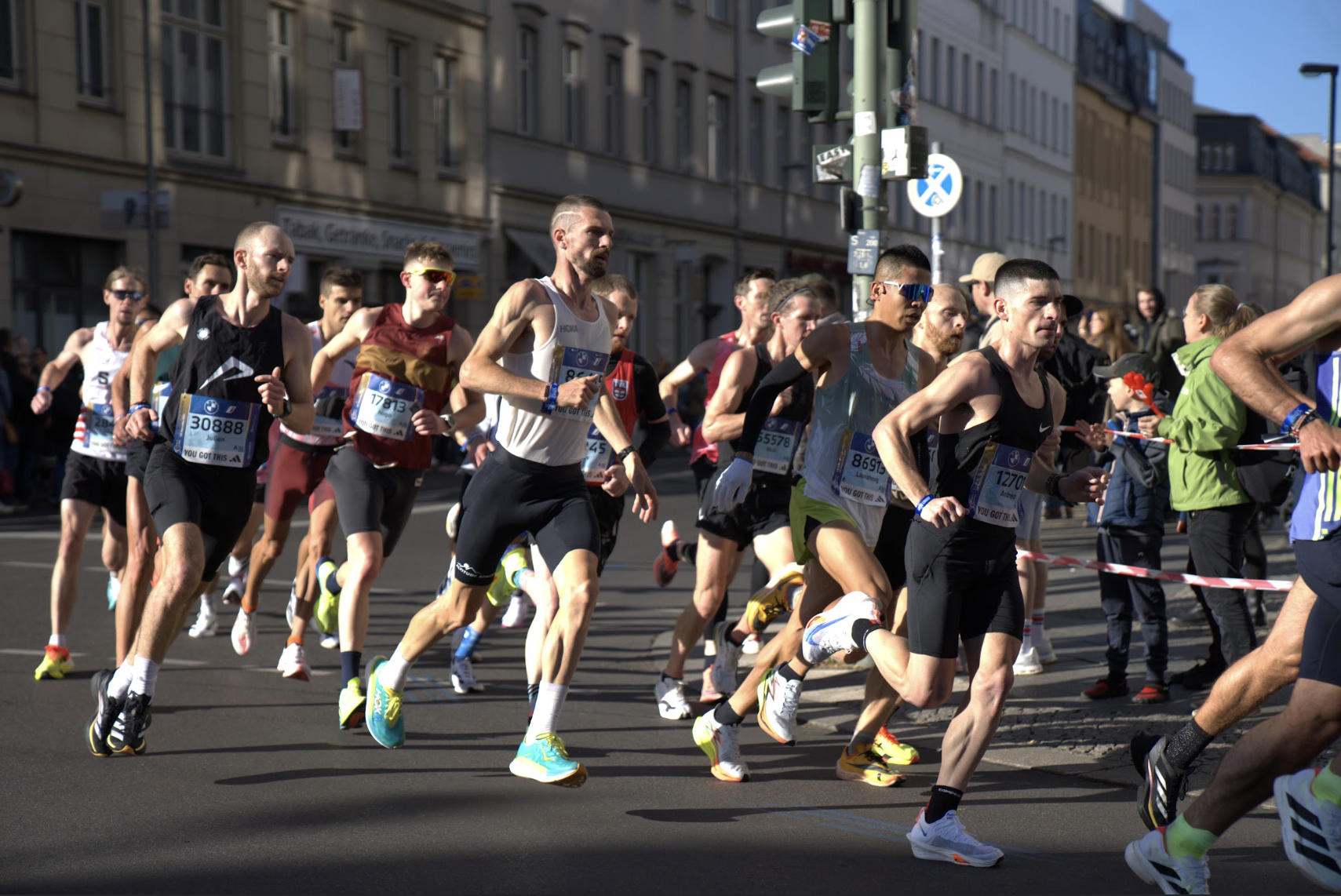


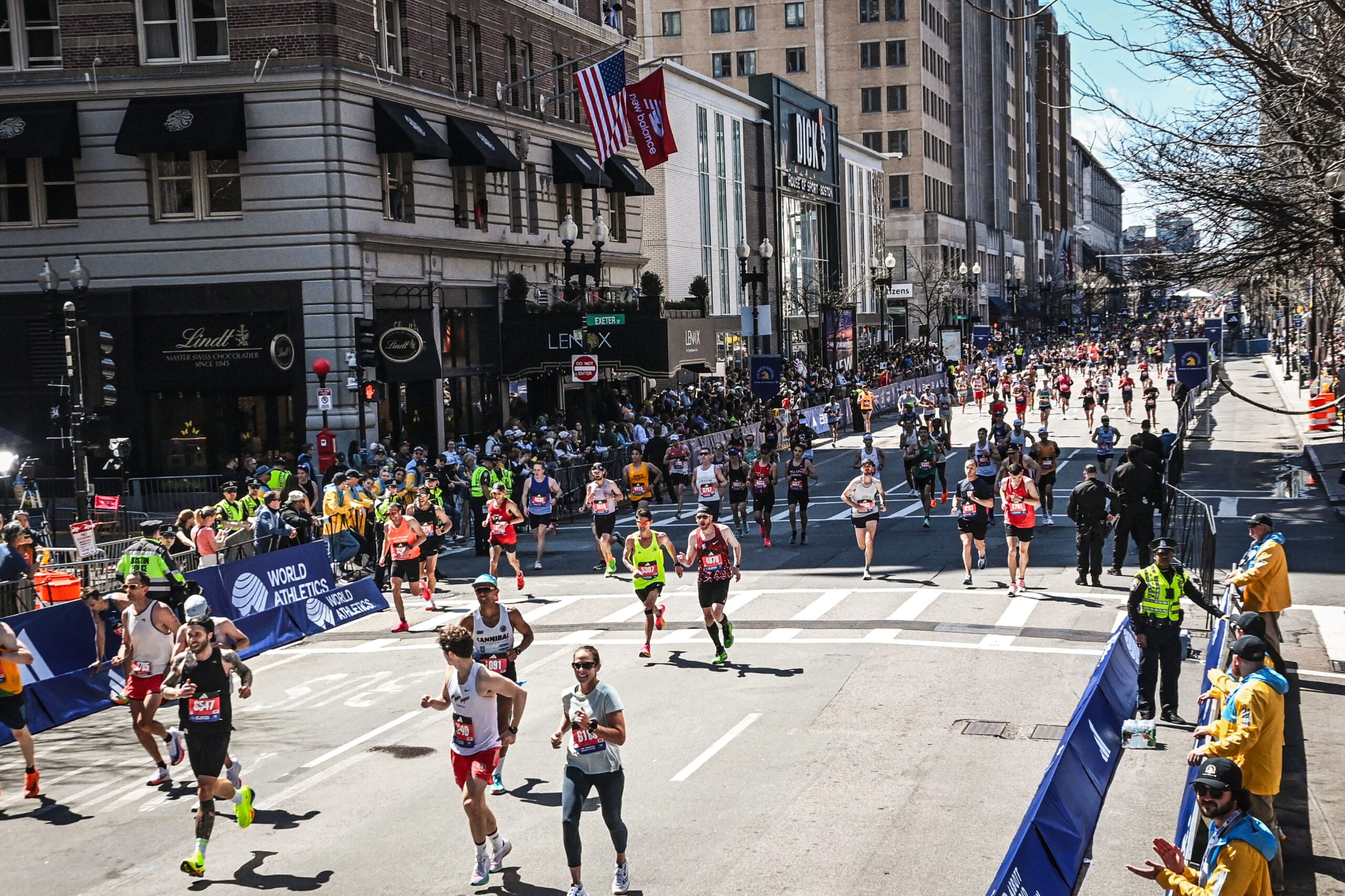
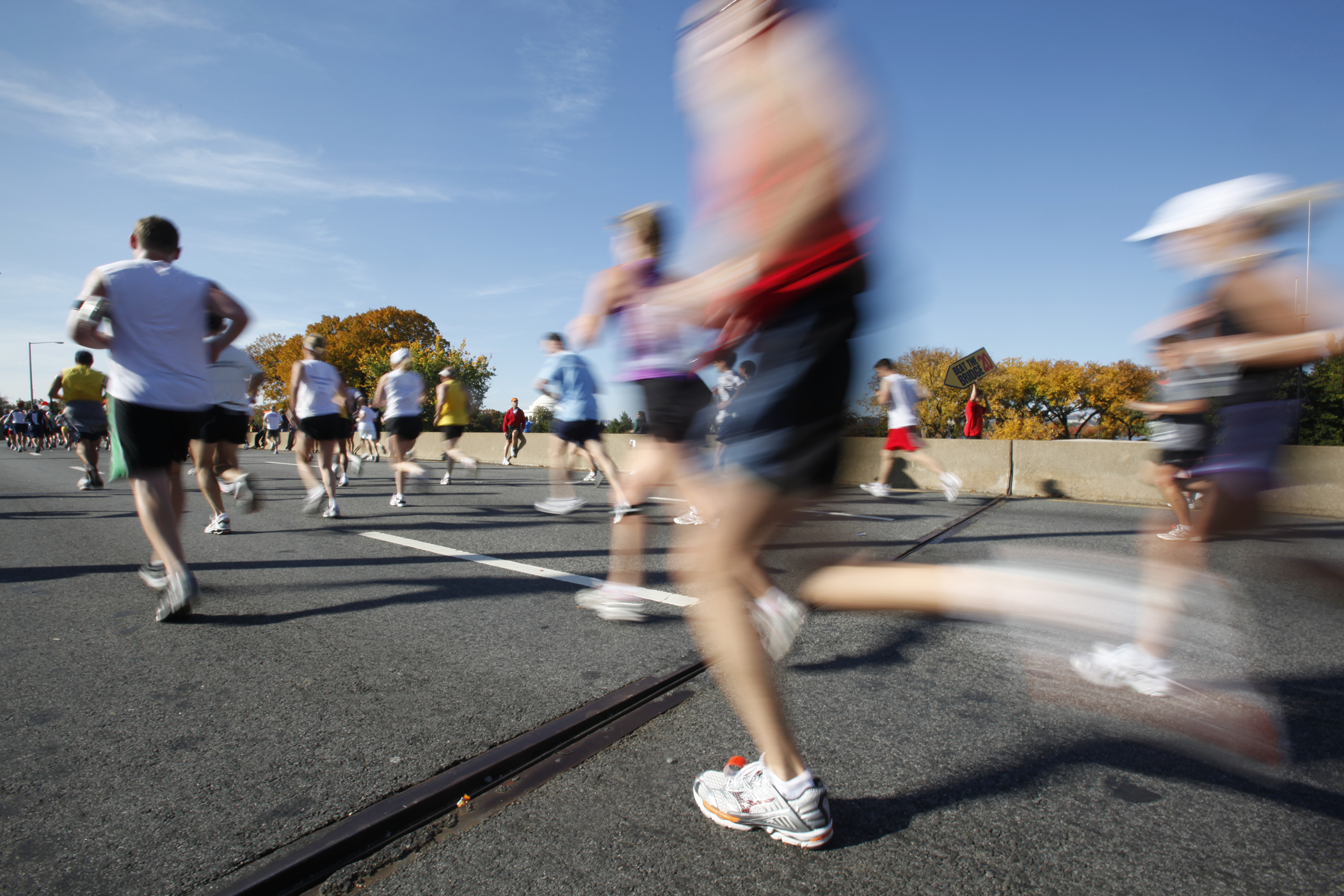



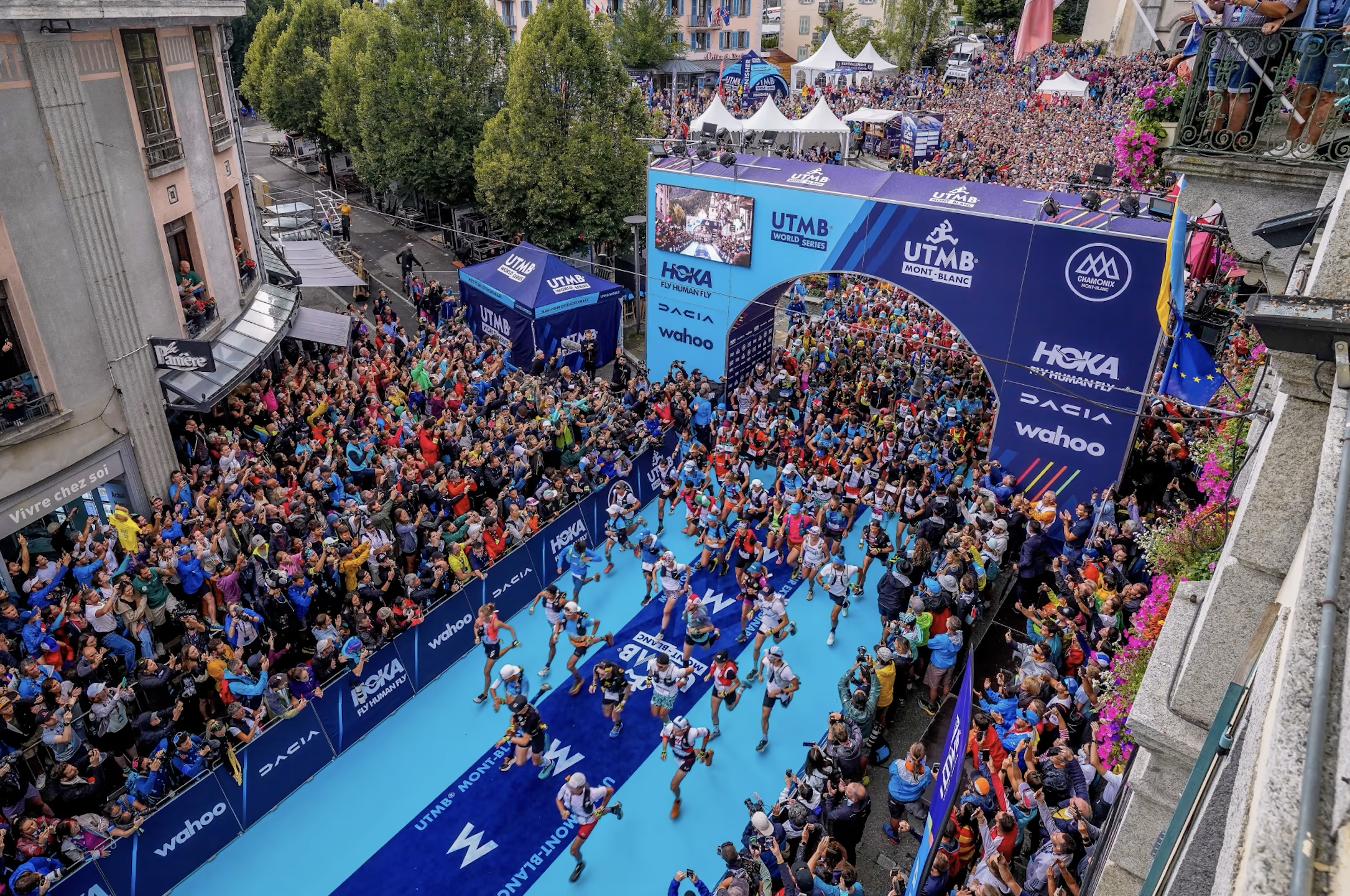


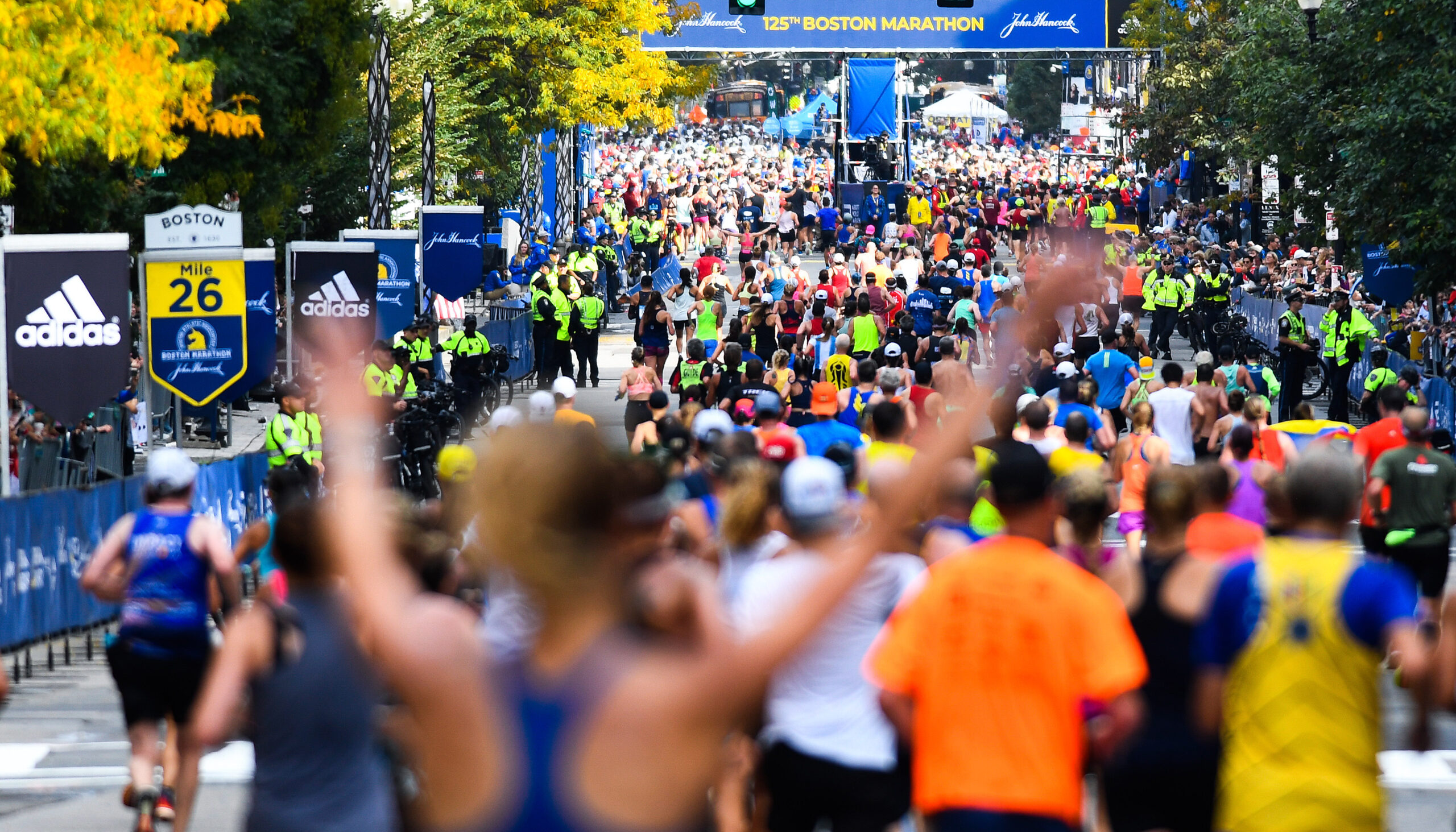
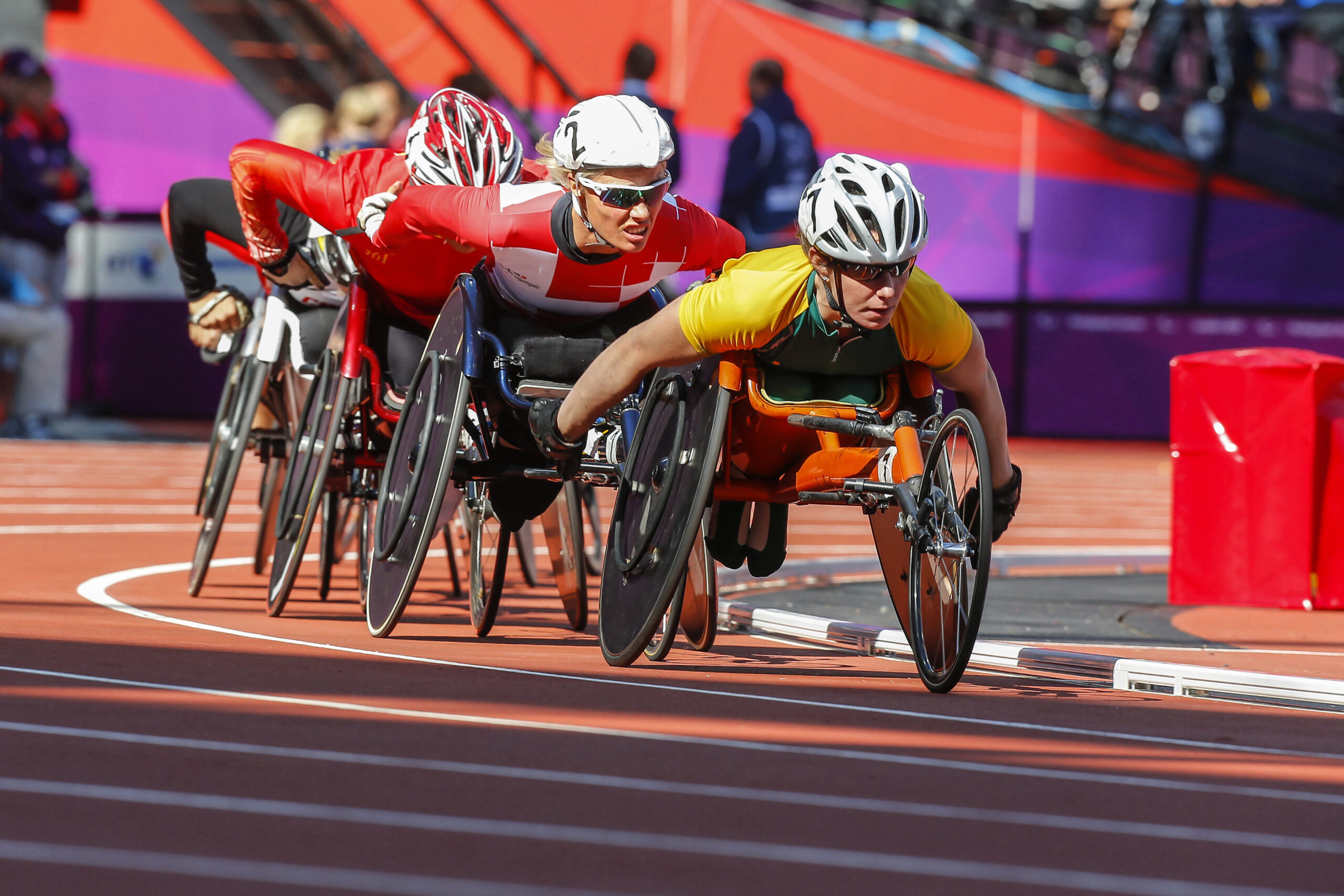







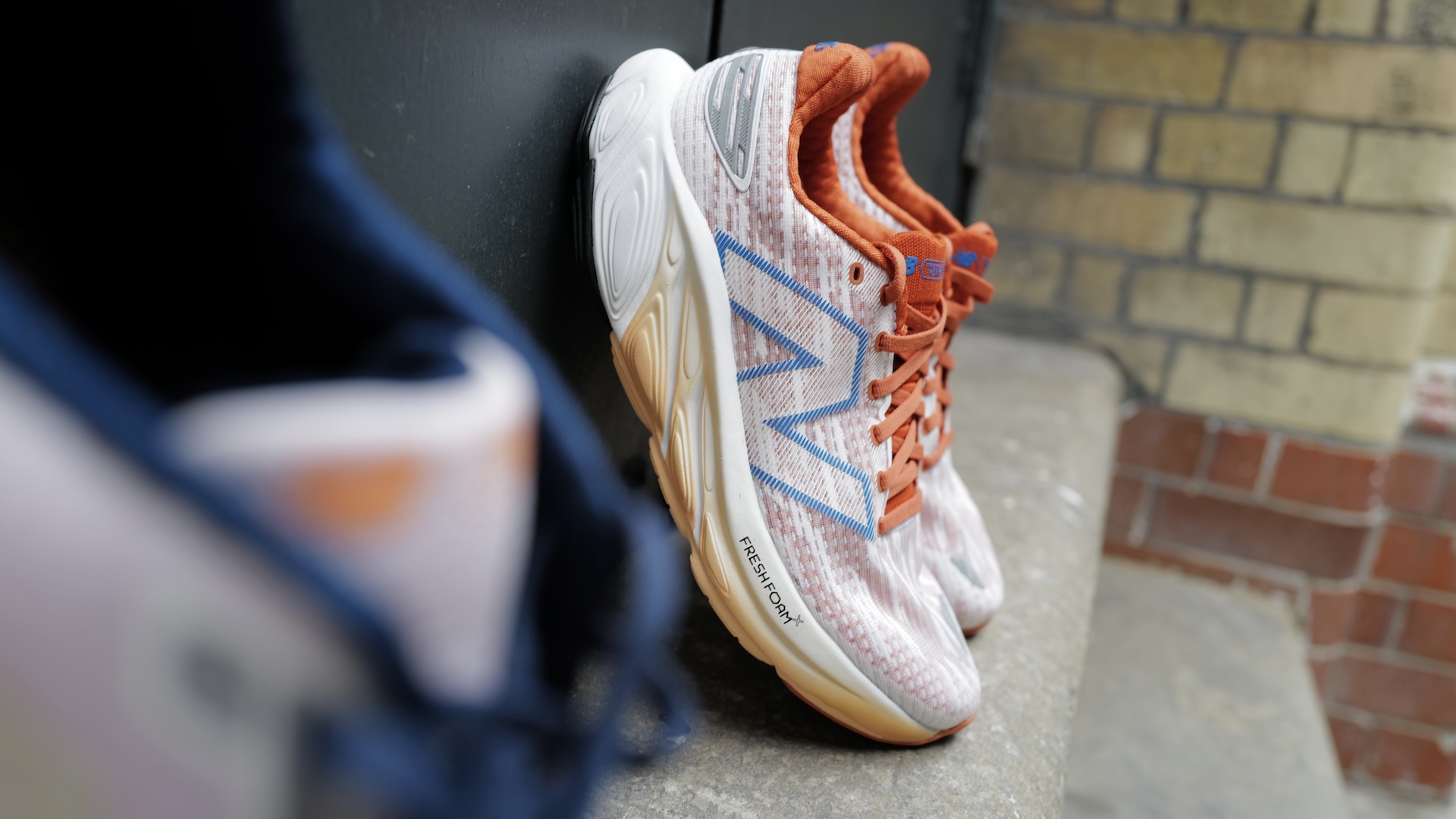


Running News
Ingebrigtsen Stars at World Athletics Indoor Championships 2025 – Plus All The Winners!
Sam Ruthe Is First 15-Year-Old To Run A Four-Minute Mile!
Eliud Kipchoge Will Run The 2025 Sydney Marathon!